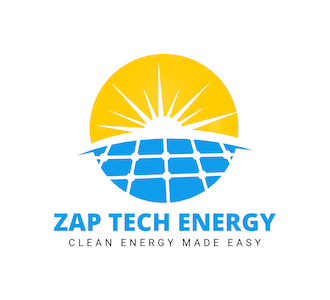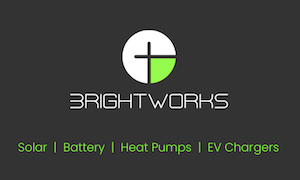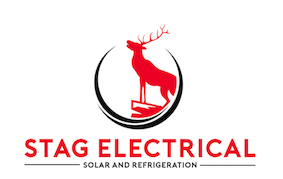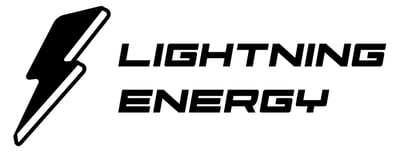

Finn's Zappi EV Chargers Review & Verdict
Finn Peacock has been a Chartered Electrical Engineer since 1998, and is ex-CSIRO
The Zappi is the EV charger of MyEnergi, a longstanding manufacturer out of the UK. They pioneered the ‘smart-solar’ charger many years ago. Their early models were pretty crap IMO, but the latest model – finally with Wi-Fi and OCPP – is worth considering.
Zappi EV Chargers: Pros & Cons
- Australian Office
- Able to solar smart charge without expensive additional hardware
- 6.5 metre charging cable is longer than average
- Reasonably priced for a smart EV charger
- Maximum operating temperature is only 40°C
About Zappi
The Zappi EV charger is built in Britain by the myenergi company and has all the reliability Australians have come to expect from UK products.
Its stand-out feature is it can solar smart charge and supply an EV with only surplus power from rooftop solar. Unlike some EV chargers that require extensive additional hardware to smart charge, purchasing a Zappi with all the hardware required is easy and relatively cheap.
A drawback is the Zappi only has a maximum operating temperature of 40°C, which isn't ideal for Australian conditions. Also, an earlier version of the Zappi had some units fail in Australia. Hopefully, myenergi has learned from this and the current version won’t have reliability issues.
An Australian Office
The myenergi company has an Australian office in Melbourne. This makes them responsible for both their warranty and their obligations under Australian consumer law.
Their phone number is: 1300 743 443
Single-Phase Zappi
Homes with single-phase power can only install single-phase EV chargers. According to its datasheet the single-phase version of the Zappi can supply 7kW of power.
3-Phase Zappi
Households with 3-phase power can install single-phase or 3-phase EV chargers. The 3-phase Zappi can provide up to 22kW of power, but few EVs can accept that much. Most can only charge at 11kW or less. For this reason, and because single-phase EV chargers are usually cheaper to buy and install, homeowners with 3-phase power may decide to use a single-phase charger.
Smart Charging
If desired, the Zappi can smart charge an EV using only surplus power from rooftop solar. Because this power would normally only receive a low feed-in tariff, it’s usually the cheapest way to charge a car. Exactly how much you’ll save depends on your electricity plan and solar system size and how much you drive. While it could save over $1,000 per year per vehicle, it will usually be considerably less than that. Note that if electricity plans are available in your area with low daytime rates or special low rates for EV charging, it reduces solar smart charging's financial benefit.
The Zappi comes with a CT clamp sensor and the Zappi Hub which is a device that lets it connect to the internet and makes smart charging possible. While the older version of the Zappi didn’t require the Hub to smart charge, current ones do. You can save a little money by not getting the Zappi Hub, but that may not be smart as it won’t smart charge without it. So long as you get the Hub and have it all installed correctly, the Zappi is able to smart charge without potentially expensive additional equipment.
You can read about a homeowner’s experience with using an older version of the Zappi for smart charging here.
OCPP Compatible
Current versions of the Zappi are able to use Open Charge Point Protocol or OCPP for short. This is a standardized method for EVs and chargers to communicate and is useful because it makes it more likely it will be able to integrate with other energy management equipment you may wish to install in the future.
Charging Cable
You can get a Zappi with a 6.5m hardwired charging cable, which is longer than the 5m many EV chargers have. You can also pay around $50 less and get one without a cable that comes with a socket to plug your own into. This can be useful if you need an even longer cable.
Operating Temperature
Its operating temperature is from -25°C to 40°C. This temperature range is fine for the UK, where it has only exceeded 40°C once - so far - but it’s not ideal for Australia, where the temperature can go over 40°C in almost any location. The good news is - at the moment - its maximum operating temperature will only rarely be exceeded in most towns and cities.
EV chargers normally derate and provide less power as they approach their maximum operating temperature and this could be an issue in Australian summers.
A Choice Of Boring Colours
Unlike the majority of EV chargers that only have one colour on their plastic case, Zappi EV chargers have two-tone cases. You can choose between black and grey or white and grey.
3 Year Warranty
The Zappi warranty is only for three years, which isn’t very long. However, many EV chargers only have two-year warranties, so it’s not as bad as it could be.
My recommendation is to buy an EV charger from an installer. This makes them responsible for both the installation and the functioning of the device. If there are any problems they will have an obligation to fix them. If your installer is no longer around then you can contact myenergie to make a warranty claim.
Price
At the time of writing in December 2024, a single-phase Zappi costs around $1,600 before installation. A 3-phase one is around $1,900. Getting one without a charging cable cuts the cost by around $50.
Installation adds a lot to the total cost. Three-phase chargers require more work and so are generally more to install. Setting up smart charging capability also requires additional labour. For these reasons, installation can easily cost $800 to $1,000 or more.
Recommendation
If you’re not interested in solar smart charging then the Zappi won’t be a cost-effective choice. But if you want an EV charger that can smart charge without requiring additional hardware, then the current versions of the Zappi EV charger may be worth considering. But you should only purchase one if you're happy with it not working when the temperature goes above 40°C.
Zappi has no EV chargers in our database
Filter by:
Zappi Reviews (12)
Show Most Relevant reviews from All time
- 5 star 7
- 4 star 4
- 3 star 1
- 2 star 0
- 1 star 0
View Timeline
02 March 2025
20 February 2025
19 February 2025
Currently drains battery as it thinks it is excess solar generation, so have to set timer to only use during daylight to not draw down battery at night prematurely.
Disappointing need the extras to make system work as intended (solar only settings).
Aside from that it works great.
27 March 2025









.png)

